Arthritis in Dogs: How common is it?

What is Arthritis?
Arthritis can be referred to as osteoarthritis or degenerative joint disease or degenerative arthritis. It is a complex progressive disease of synovial joints. A degenerative condition of the joint which is characterised by formation of new bone at the joint margins and breakdown of the normal cartilage cushion in the joint.
How common is Osteoarthritis in Dogs?
Joint health issues in dogs are more common than you might think.
Studies suggest 1 in 5 dogs experience joint issues at some point in their life (Elliott et al., 2007 & Burke, 2017). However, some dogs are at a higher risk of developing osteoarthritis than others.
Factors that may Increase the chances of dog getting Arthritis
Age
Osteo arthritis can occur in dogs of any age, however, it is a more common issue in middle aged and senior dogs. Therefore, it is important to note that dogs don't simply ‘slow down with age’. There is usually an underlying cause or a medical condition such as osteoarthritis. Signs of joint related health issues may be present at an early age in dogs. However, they often go unnoticed and un-diagnosed. Therefore, it is important to observe any changes and take action early.
Breed
Certain breeds are prone to joint health issues, especially large and giant breeds. Prevalence of osteoarthritis in dogs increases to about 45% in large breed dogs (Elliott et al., 2007). Breeds at higher risk of having osteo arthritis include German Shepherds, Golden Retriever, Rottweiler and Labrador Retriever (Boehringer Ingelheim & AAHA, n.d.).
Nutrition & Exercise
Nutrition and exercise play a key role in the development of joint issues, especially in puppies during the growth phase. It is important to maintain a good balance between body weight and skeletal growth in dogs. As pet owners, it is tempting to over feed your dog and give them more treats than what might be considered healthy. It is best to avoid the temptation and get overweight dogs down to their ideal weight which will lessen the strain on their joints. Although exercise is great for dogs and puppies, too much exercise can cause issues. So, what is the right amount of exercise? There is no straightforward answer when it comes to what the right amount of exercise is good for puppies and dogs. One thing to remember however, is that it is important to avoid exercise that will strain the joints. This includes jumping and running long distances in young dogs (Boehringer Ingelheim & AAHA, n.d.).
Want to Know if Green Lipped Mussel is a Good Choice for your Dog?
Take the quiz below to find out.
References
Elliott, D., Servet, E., & Biourge, V. (2007). Nutritional management of canine osteoarthritis. Veterinary Focus, 17(3), 43–48.
Boehringer Ingelheim. (n.d.). Mobility Matters: A Practical Guide to Recognizing and Managing Osteoarthritis in Dogs and Cats. AAHA. https://www.aaha.org/practice-resources/pet-health-resources/mobility/
Burke, A. (2017, November 8). How much exercise is too much for a puppy? American Kennel Club. https://www.akc.org/expert-advice/health/puppies-how-much-exercise/.
Disclaimer: The content on this website is for educational purpose only. We recommend you talk to your veterinarian if you have any concerns, if the lameness worsens or are unsure. Products on this website are not intended to diagnose, cure, treat or prevent any disease. The statements made on this website have not been evaluated by the Food and Drug Administration.



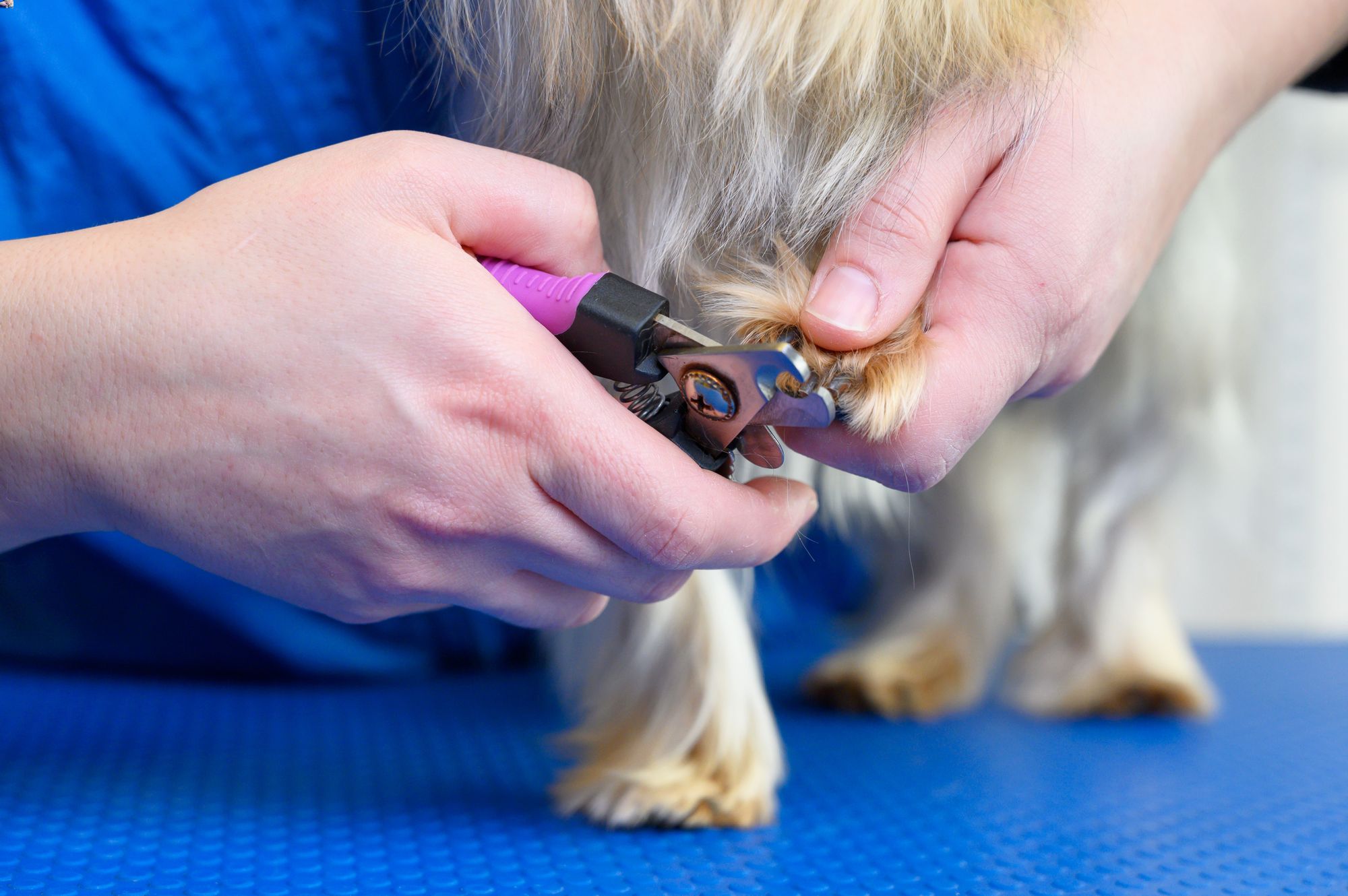


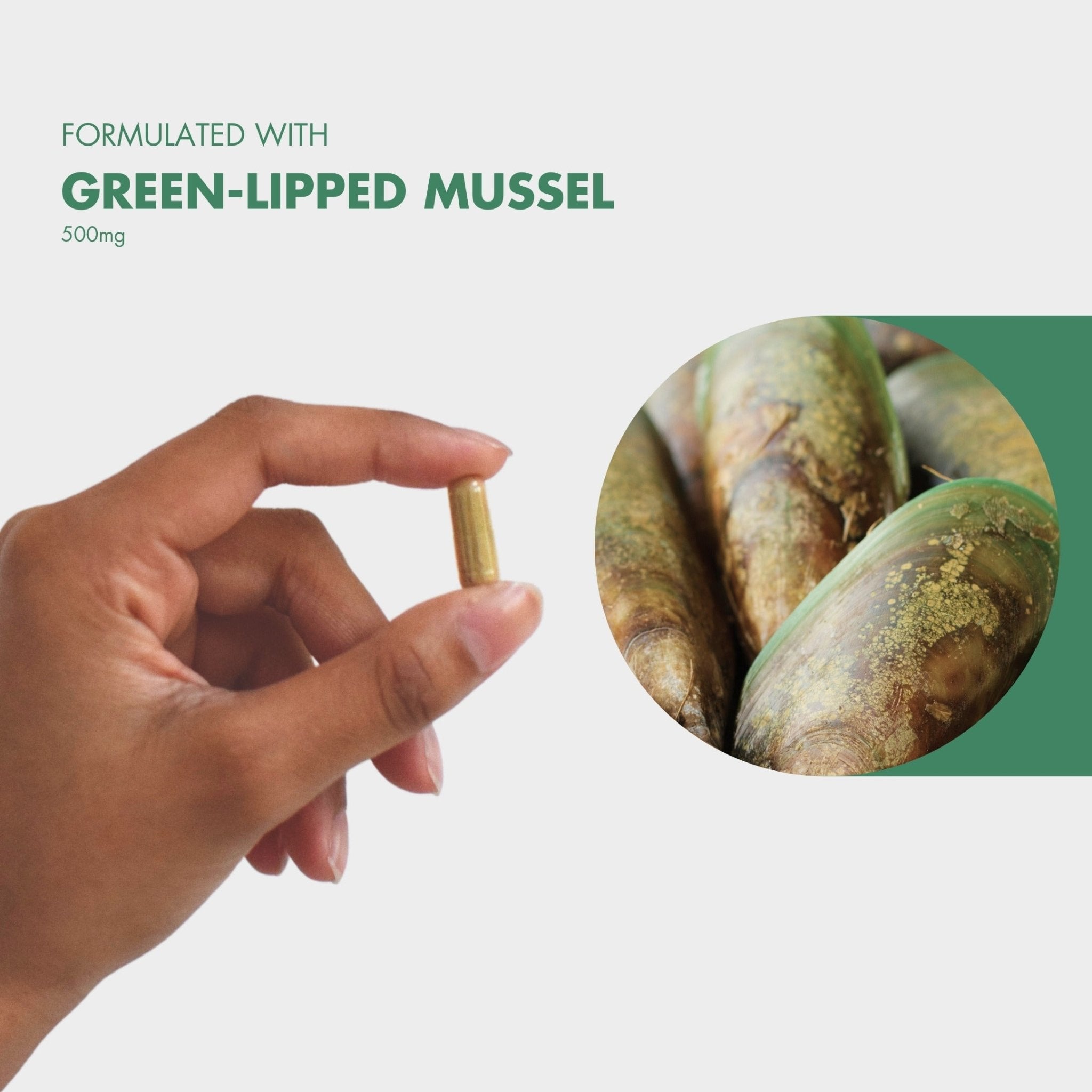



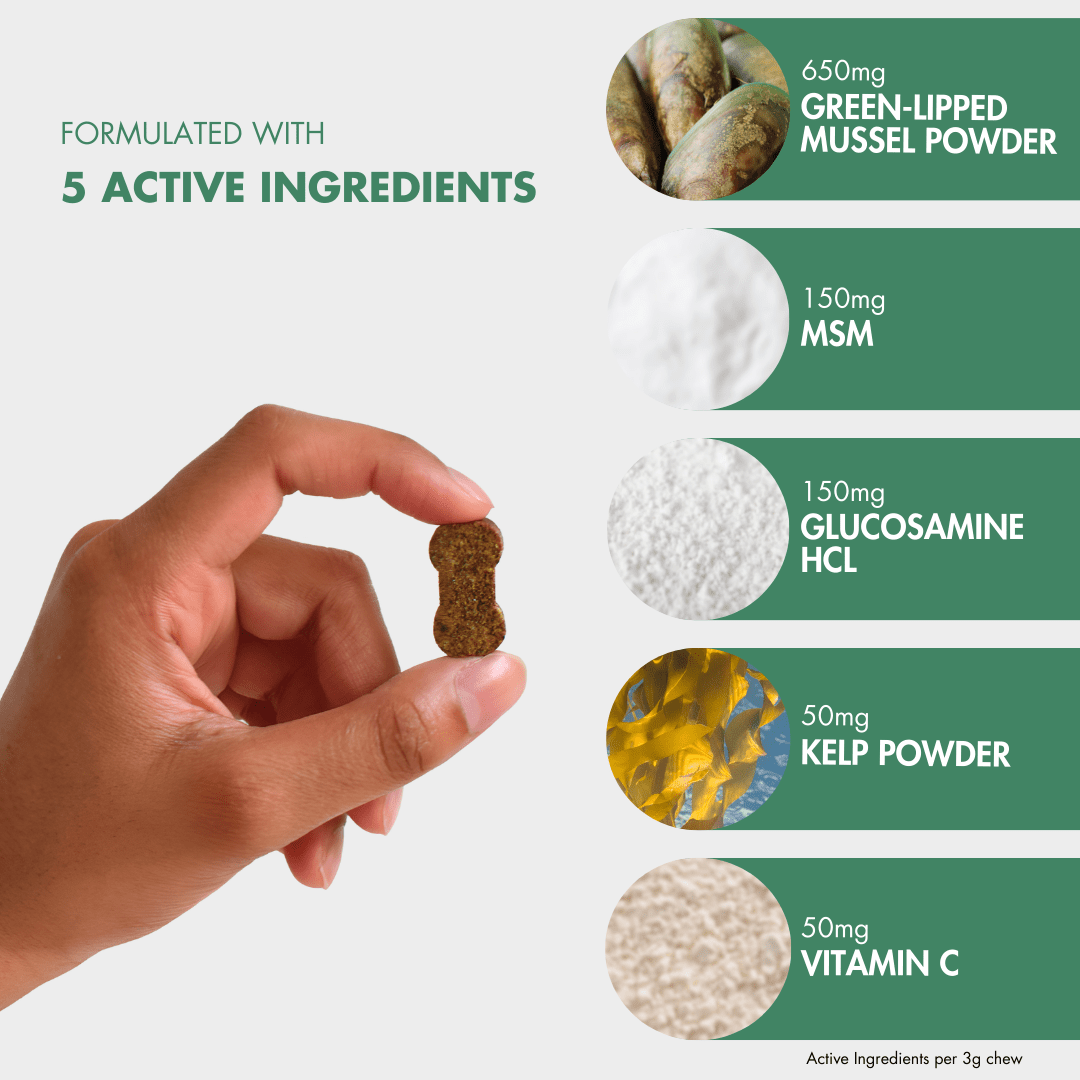

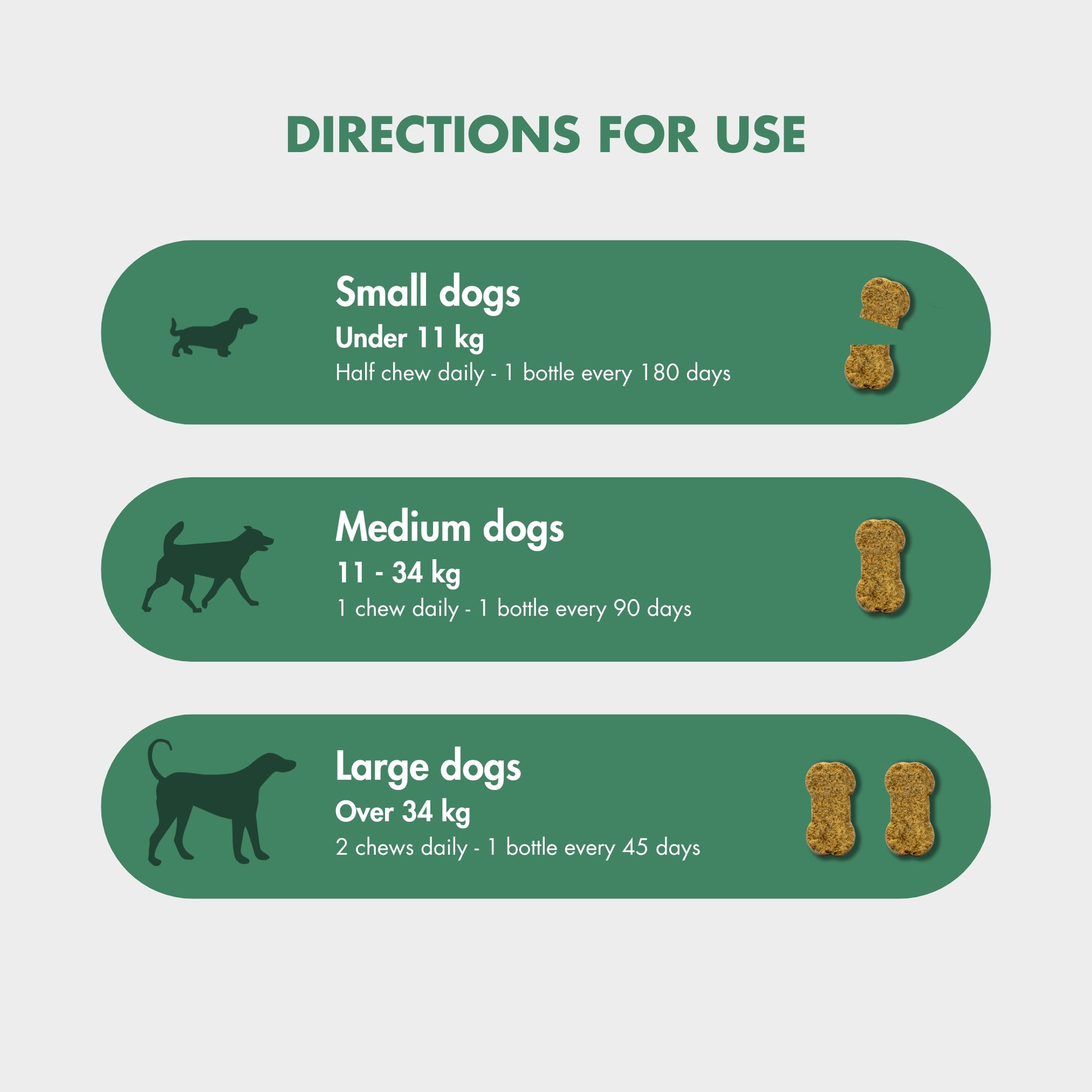
![FlexiPaw Calm & Relax Chews for Dogs - Soft chews made with Ashwagandha, L-Theanine, Chamomile & Passion Flower to help relieve dog anxiety and promote relaxation. [270g container]](http://flexipaw.com/cdn/shop/files/website_slider_CALMING_b2a57442-9be6-4f29-82ec-67f758fb05dc.jpg?v=1726977474&width=4050)
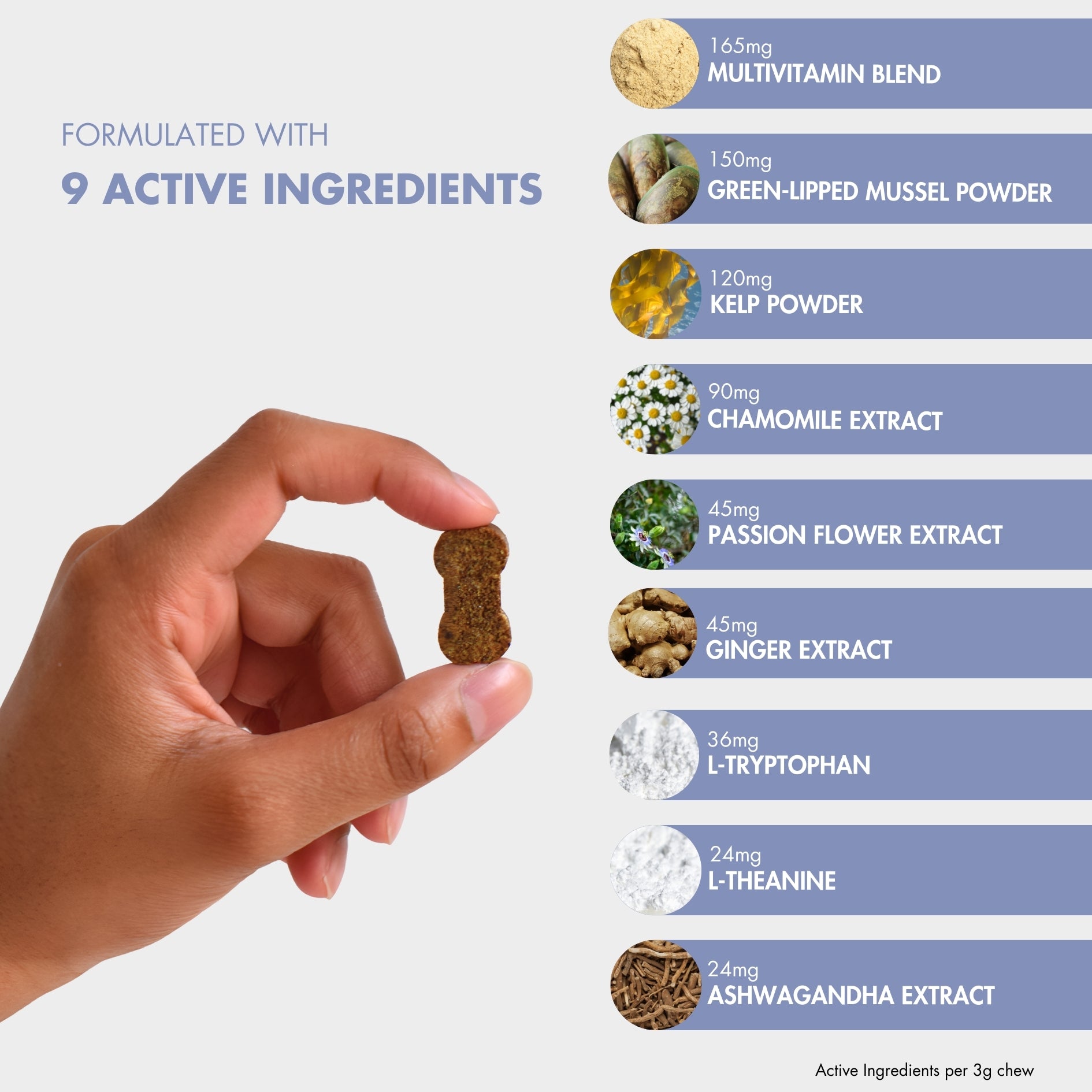

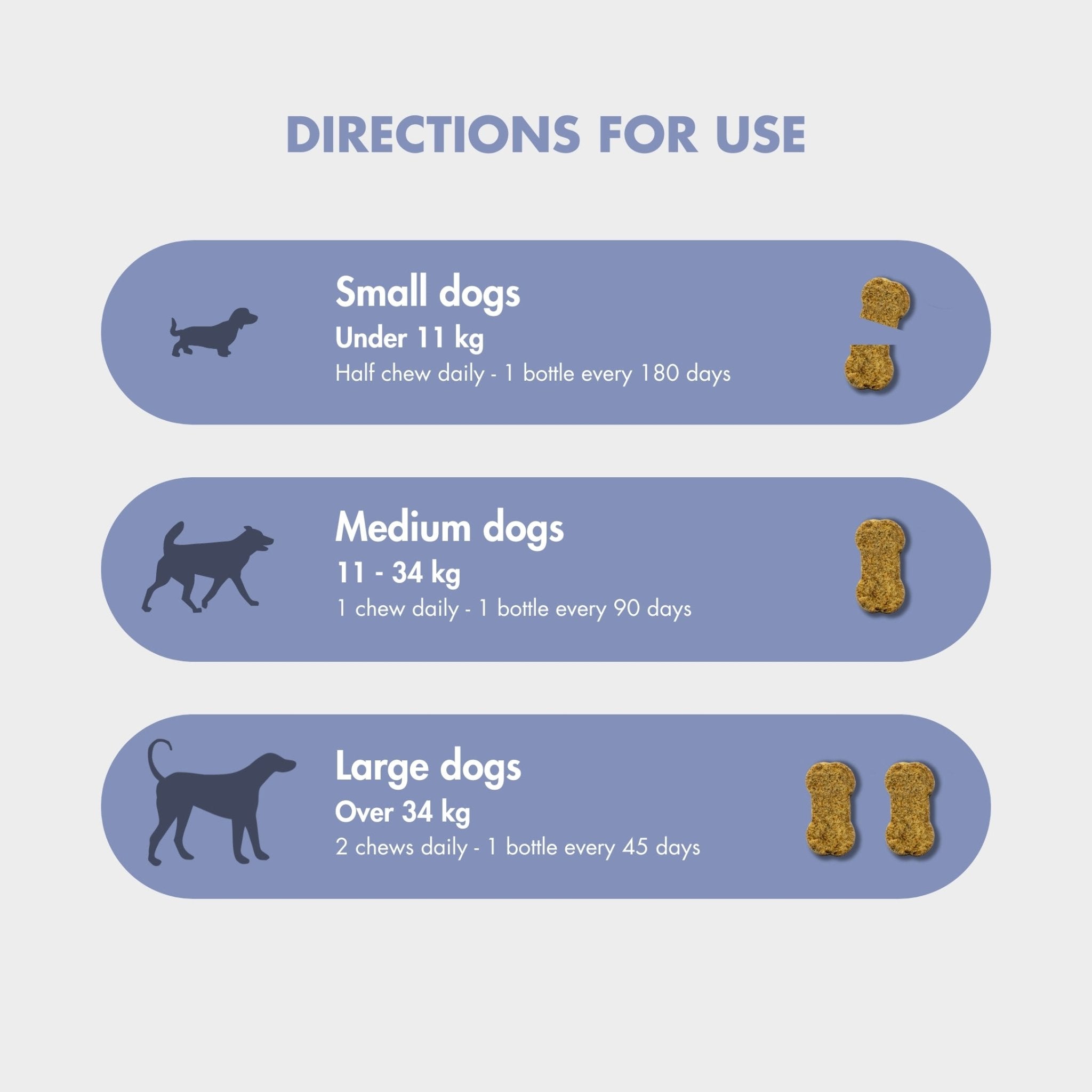



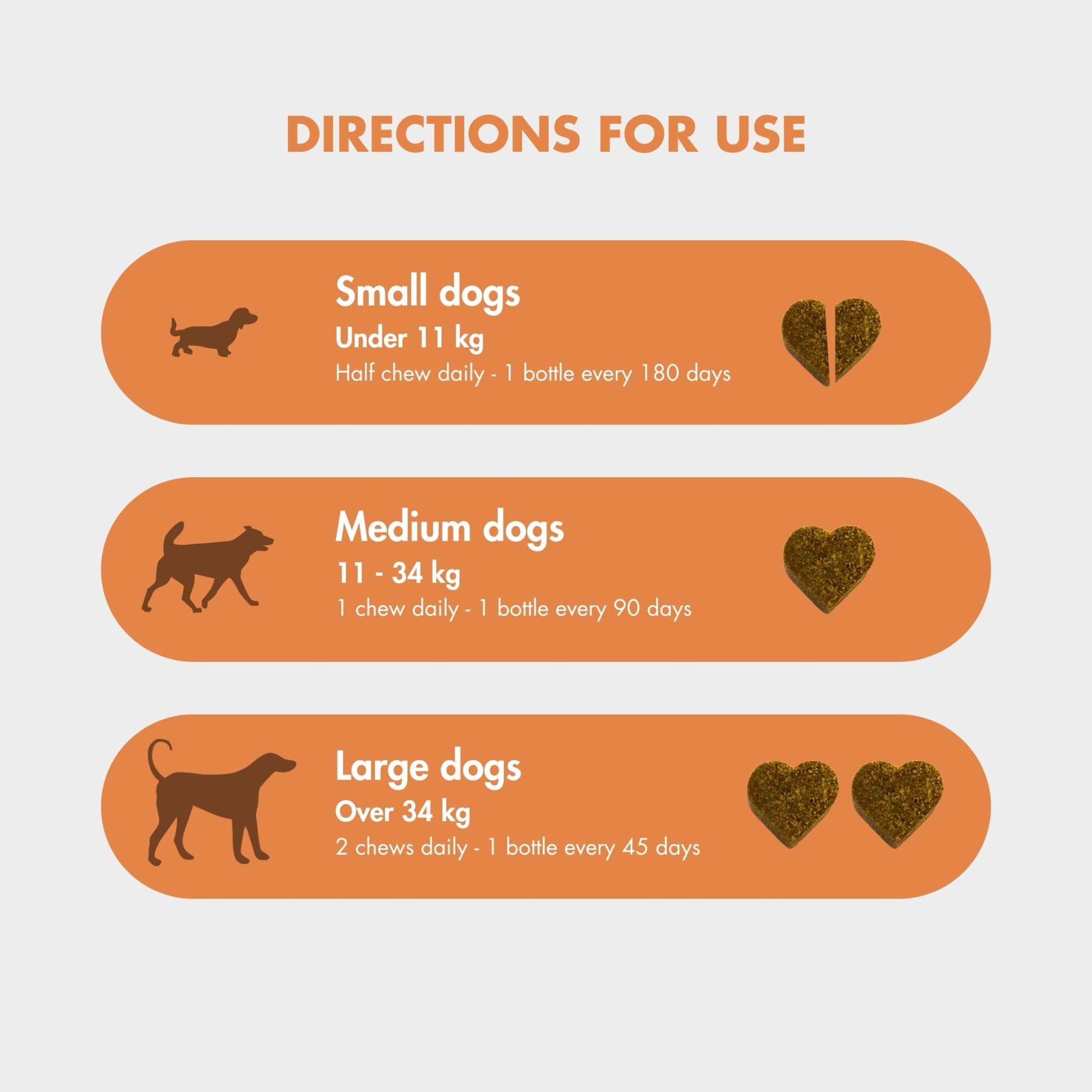
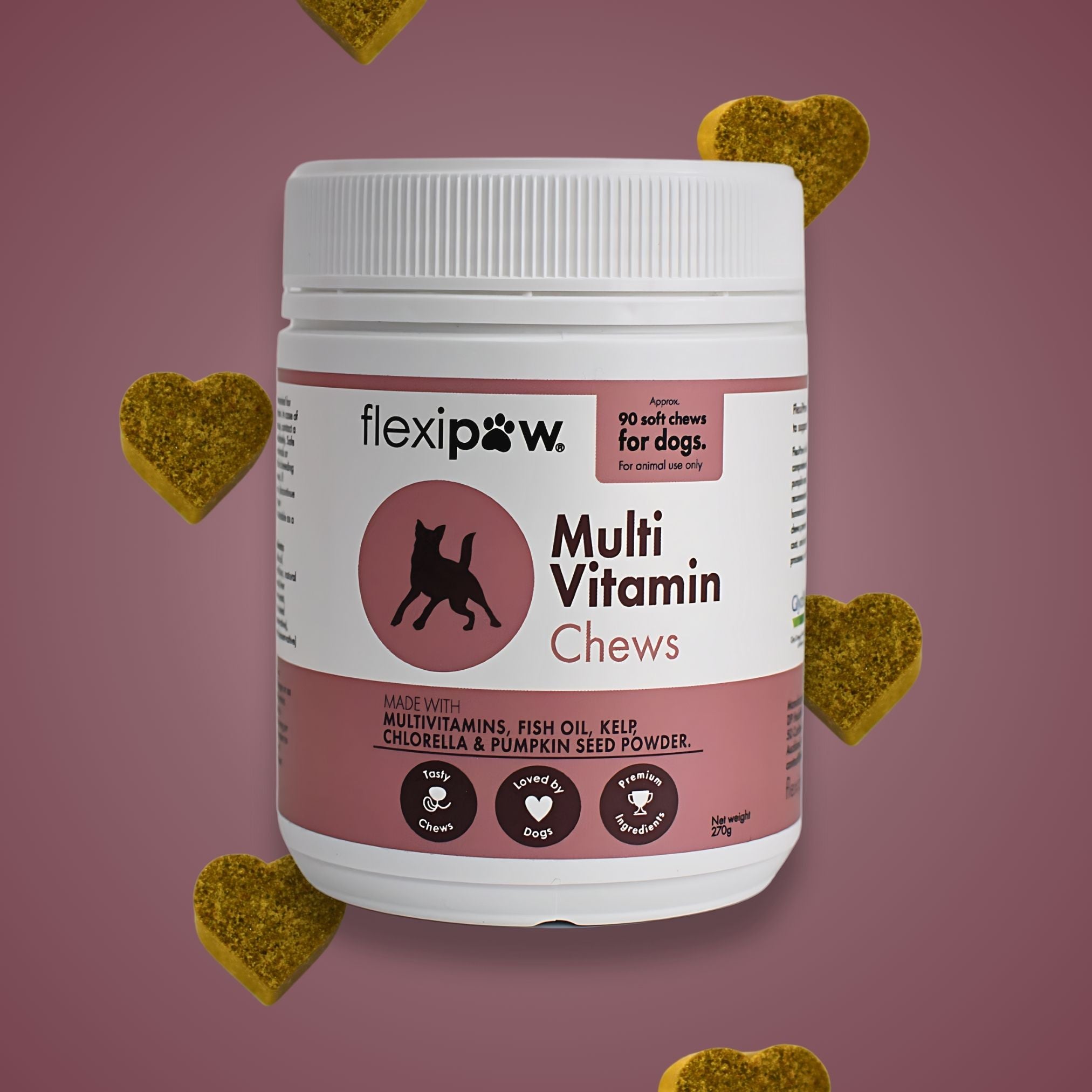
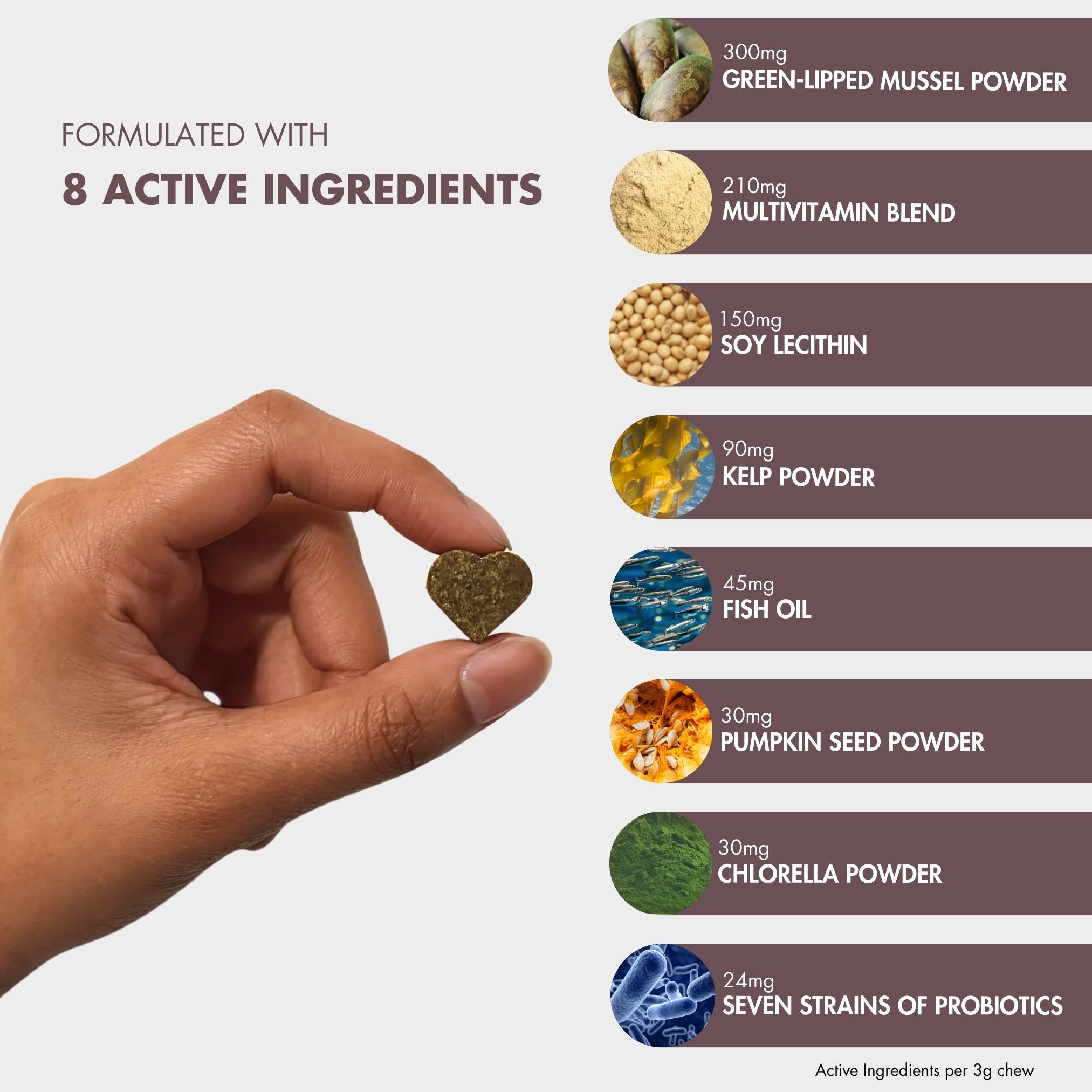

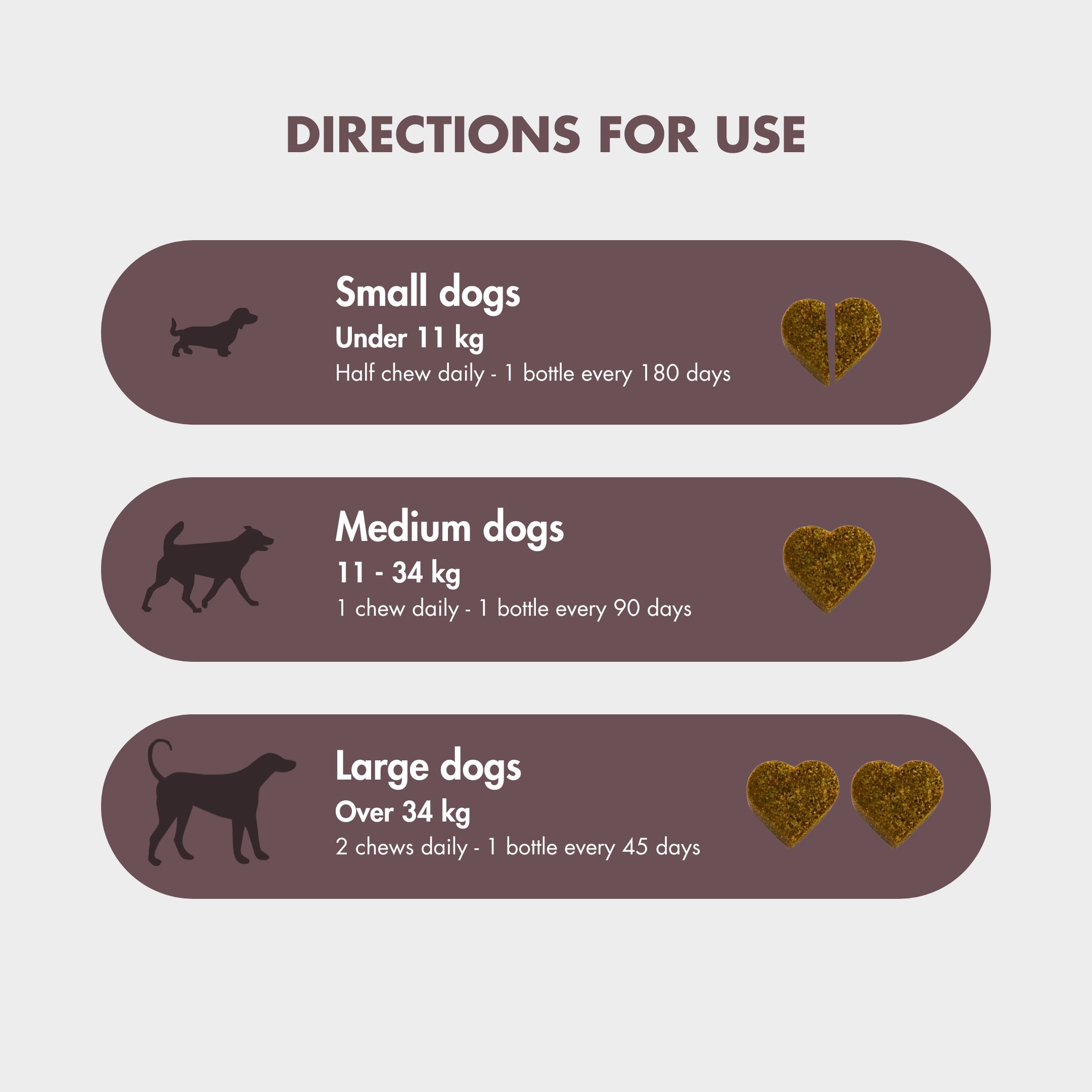


Leave a comment